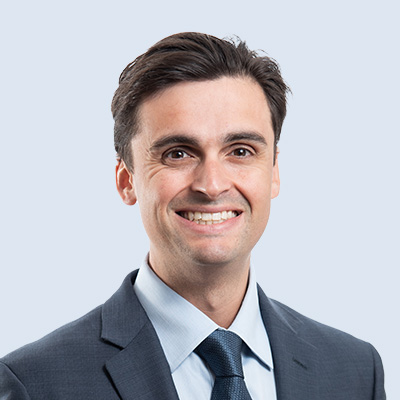Healthcare Research: New Revenue Models Emerge in Dynamic Ecosystem
Innovation and development in the healthcare sector are occurring at an immensely rapid pace. Furthermore, a new, increasingly dynamic healthcare ecosystem, with more diverse players than ever before, offers unique challenges and opportunities alike for revenue leaders.
How are you transforming your organization to adapt to the evolving ecosystem? As you plan for 2019 and beyond, consider these key industry trends:
1. Revenue growth has rebounded within the industry, but margins continue to decline
Alexander Group’s (AGI) research shows that annual revenue growth in healthcare increased from 3.1 percent to 7.3 percent from 2014-2017. However, AGI also observed a minimal increase in total sales expense per sale representative (less than 5 percent). So, while costs have remained consistent, organizations are beginning to invest in different coverage models to drive volume. Over this same period, our data shows that gross margin has decreased from 60 percent in 2014 to 53 percent in 2017. Customer spending restrictions and increased competition continue to constrain gross margin, which is worrying industry leaders.
2. Sales Representative compensation continues to increase due to high performance and sales force turnover
The recent industry growth and renewed commercial investment has added fuel to the already fierce competition for talent. Until recently, job options were scarce and sales compensation levels were stagnant. However, since 2014, AGI has observed an average annual increase of 4.5 percent in total sales compensation. And this trend only looks to continue: as millennials become a larger portion of the workforce, they increasingly seek higher base salaries and enhanced benefits.
3. Large-scale mergers and acquisitions, along with product innovation, drive larger product portfolios and the need for more role specialization
Mergers and acquisitions have been common over the past three to five years in the healthcare industry. While this indicates that growth prospects in healthcare are attractive, particularly in emerging fields, it also introduces a distinct set of challenges. As companies merge and build their product portfolios, they find an increased need for specialized sellers and unique coverage models. Some of these specialized roles include clinical specialists, managed care liaisons, reimbursement managers and patient support resources.
In addition to the frequent mergers, innovation is occurring at rapid pace as companies are looking to improve patient outcomes while reducing costs. The impact of cutting-edge technology on the industry is obvious, from the emergence of healthcare technologies, to the increased use of robotics and artificial intelligence. For example, this past year, Google created an artificial intelligence program capable of predicting the course of a disease and potential risk of death. And at the same time, other tech-oriented firms look to enter the robotics surgery market, a space exclusively populated by a few select players.
As with the mergers and acquisitions, these innovations present both challenges and opportunities for industry leaders. Corporations need more technical and specialized sellers to effectively market, pitch and deliver these complex and technical devices. The traditional stand-alone seller is no longer an effective solution for these cutting-edge companies.
What do these trends mean for 2019 and beyond?
Sales organizations are moving beyond the traditional sales model to adapt to this dynamic and evolving healthcare ecosystem. They are implementing agile go-to-customer models that specialize and deploy the right job roles at the right resource levels in the right places. This includes an increased reliance on low-cost resources such as junior representatives and clinical specialists who assist the field seller with transactional or technical type sales and other key roles such as the nurse educator, IT specialist, case manager or medical science liaison to facilitate specialized discussions with a wider variety of buyers and influencers.
Alexander Group’s 2019 Healthcare Research
To examine these trends and gain insights into how the market will evolve, AGI is conducting a Healthcare Go-to-Customer Trends and Benchmarking Research Study. The study analyzes productivity, coverage and sales compensation information for these emerging roles and more, roles with the goal of providing a clear picture of optimal healthcare coverage models. If you choose to participate, you will receive a comprehensive insights and best practices report with relevant benchmark comparisons to your data, including expense-to-revenue ratios, revenue per customer-facing role, sales force coverage ratios and coverage model prevalence, and sales compensation. The insights and benchmarks in the report will help you make fact-based decisions that will prove useful in 2019 and beyond.
Co-author: Davis Giedt is a manager who leads the Sales Analytics and Benchmarking practice in Alexander Group’s Chicago office.
____________
Related Resources

